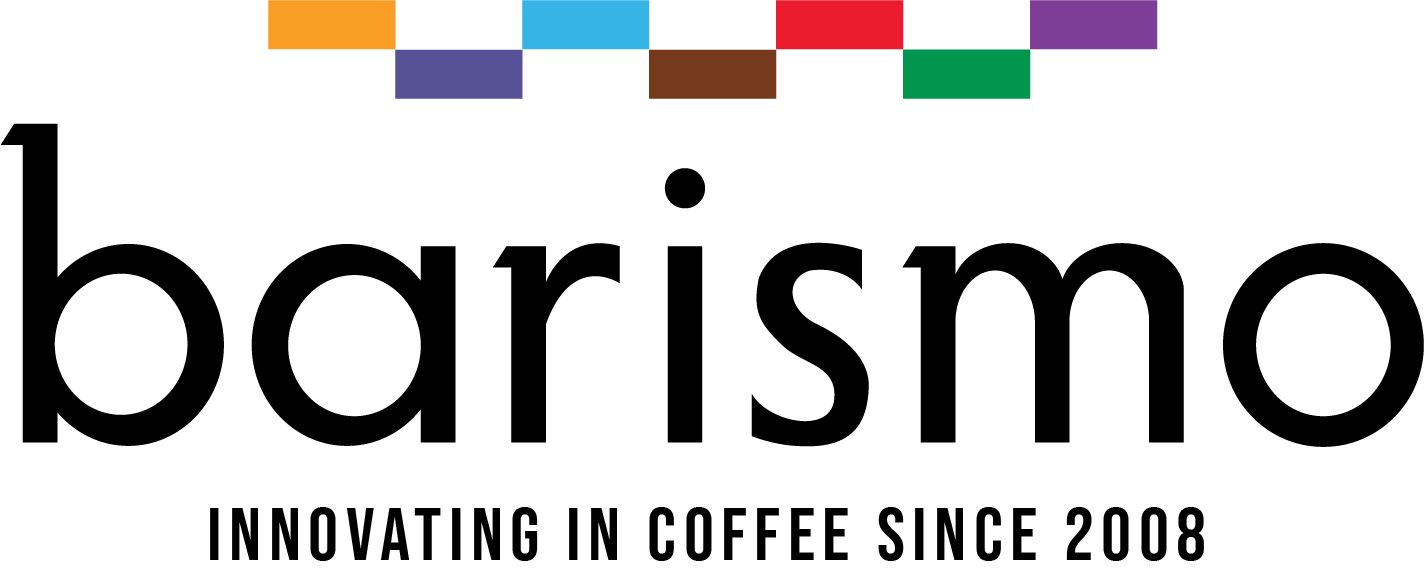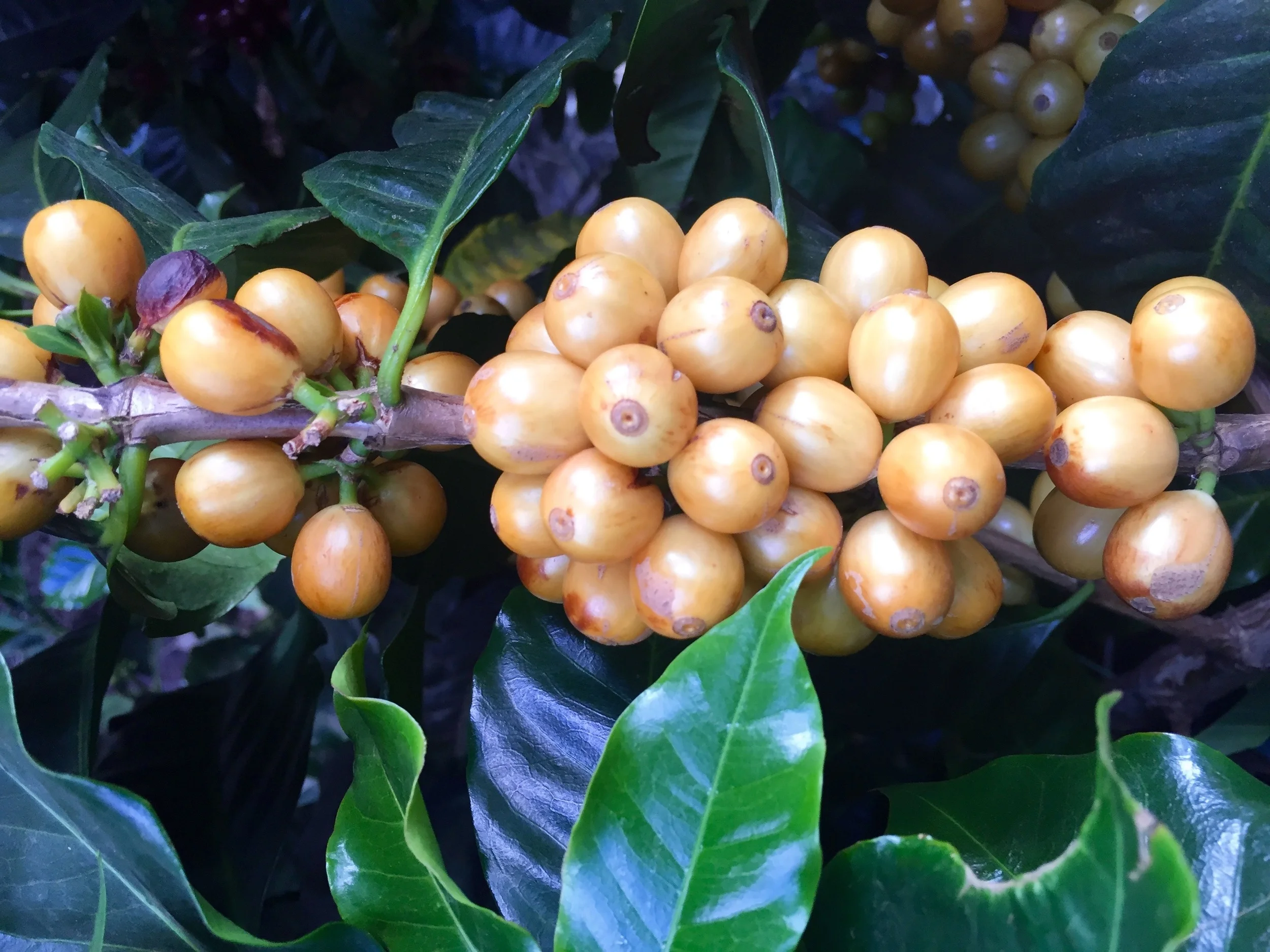Bandera de Dota
pecan pie, peach, honey, mild acidity
| Producer | Diego Hidalgo Umaña |
| Region | Dota, Tarrazu |
| Elevation | 1500 - 1900 meters |
| Process | White Honey, Dried on Raised Beds |
| Variety | Caturra & Yellow Catuai |
| Harvest | December 2017 - March 2018 |
| Storage | GrainPro™ |
| Relationship | Sixth Year Direct Trade |
This is our sixth year featuring coffees from Diego Hidalgo Umaña; Diego runs a mill, La Bandera de Dota, at one of the highest elevation points in the area, reaching up to 1920 meters. Diego cultivates coffee in a farm broken down into several distinct sections. The lot we're featuring this year comes from the area known as La Crema.
Diego's father started farming on this land in 1976; this is his sixth year running the mill and farming himself. We first met at a cupping lab in Costa Rica in early 2013 while tasting coffees from a range of mills. Diego came over and asked how we liked the coffees on the table that morning. Overall the table was good, but we mentioned that #13 was a stand out. It turned out that was Diego's coffee, and we arranged to visit his farm the next day.
Diego's 24 acres of coffee is primarily Yellow Catuai & Caturra. What stands out most to us in his operation is his drying setup, something Diego has thought out very thoroughly. All of his coffees are dried in a greenhouse using a tiered system. He has 90 beds with 11 racks that stack in sets 3 deep. Coffees spend 10 days on the top rack and 2 weeks divided between the two bottom racks. This slows down the drying processing, fostering more structure to the coffee which in turn gives it a longer "green life" once the coffee is in our storage. Everything is clearly labeled and organized as all of the data is collected on a central board at the helm of the greenhouse.
This lot in particular is processed in the "White Honey" style; honey processing refers to a method in which most, but not all, of the mucilage is removed before drying. The other common styles of honey processing (Yellow, Red, and Black) feature increasing amounts of mucilage left on. In this case, relatively little is left on before drying. In general, honey processing is stereotyped as featuring slightly less prominent acidity compared to a fully washed coffee and slightly increased body, while retaining sweetness typical of fully washed coffees (in a fully washed process, no mucilage remains before drying). The dried green coffee of a white honey appears very similar to that of a washed, but darker honey styles can often feature a mottled coloring, and when roasted can look "darker" compared to a washed coffee roasted to a similar degree.







